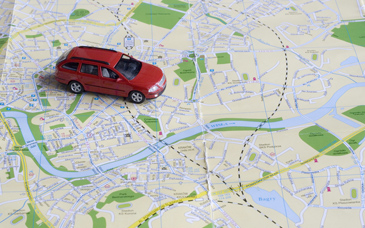Consumers’ economic concerns and uncertainty about
the future of gas prices are contributing to declines in miles driven,
according to a recent survey conducted by market research firm The NPD
Group. Even though gasoline prices have declined sharply from last
summer’s historic highs, NPD’s survey shows that 56 percent of
consumers say they are still driving less.
“Economic impact, unemployment and a lack of faith that lower gas
prices will continue are all contributing factors to why consumers are
driving less,” said David Portalatin, director of industry analysis for
NPD’s automotive aftermarket unit, which conducts automotive industry
research. “Keep in mind, though, that this long-term change in driving
behavior actually began when gasoline prices reached inflation adjusted
highs in the fall of 2005, which is different than previous gas price
spikes when gas was still relatively inexpensive.”
According to an NPD survey conducted in January, consumers continue to
find ways to conserve gas or increase fuel efficiency by driving less,
idling less, driving slower and carpooling, but the survey finds that
they are also modifying their lifestyles with longer-term changes, like
changing jobs to work closer to home or moving closer to work, all
which began to emerge when inflation-adjusted gasoline prices soared to
unprecedented levels.
The U.S. Department of Transportation released last week its December
2008 miles driven report, which shows a 14-month consecutive decline in
driving. Motorists drove 3.8 billion fewer miles in December 2008
compared to the same month a year earlier.
“We are thinking about the economy and gas prices in ways that we’ve
never thought about in the past,” said Portalatin. “Consumers didn’t
decide to make lifestyle changes that lead to less driving overnight,
and it will take more than a short term drop in gas prices to change
back to the old patterns of behavior.”
From aftermarketNews.com, a sister publication to Engine Builder magazine. 










